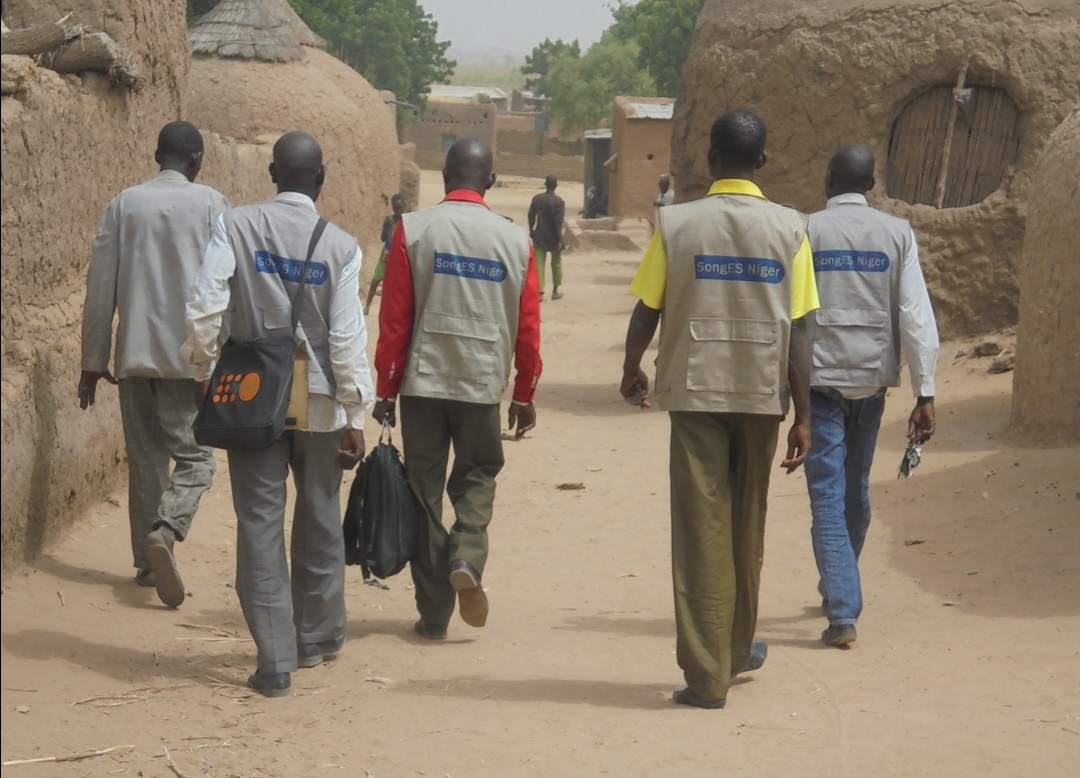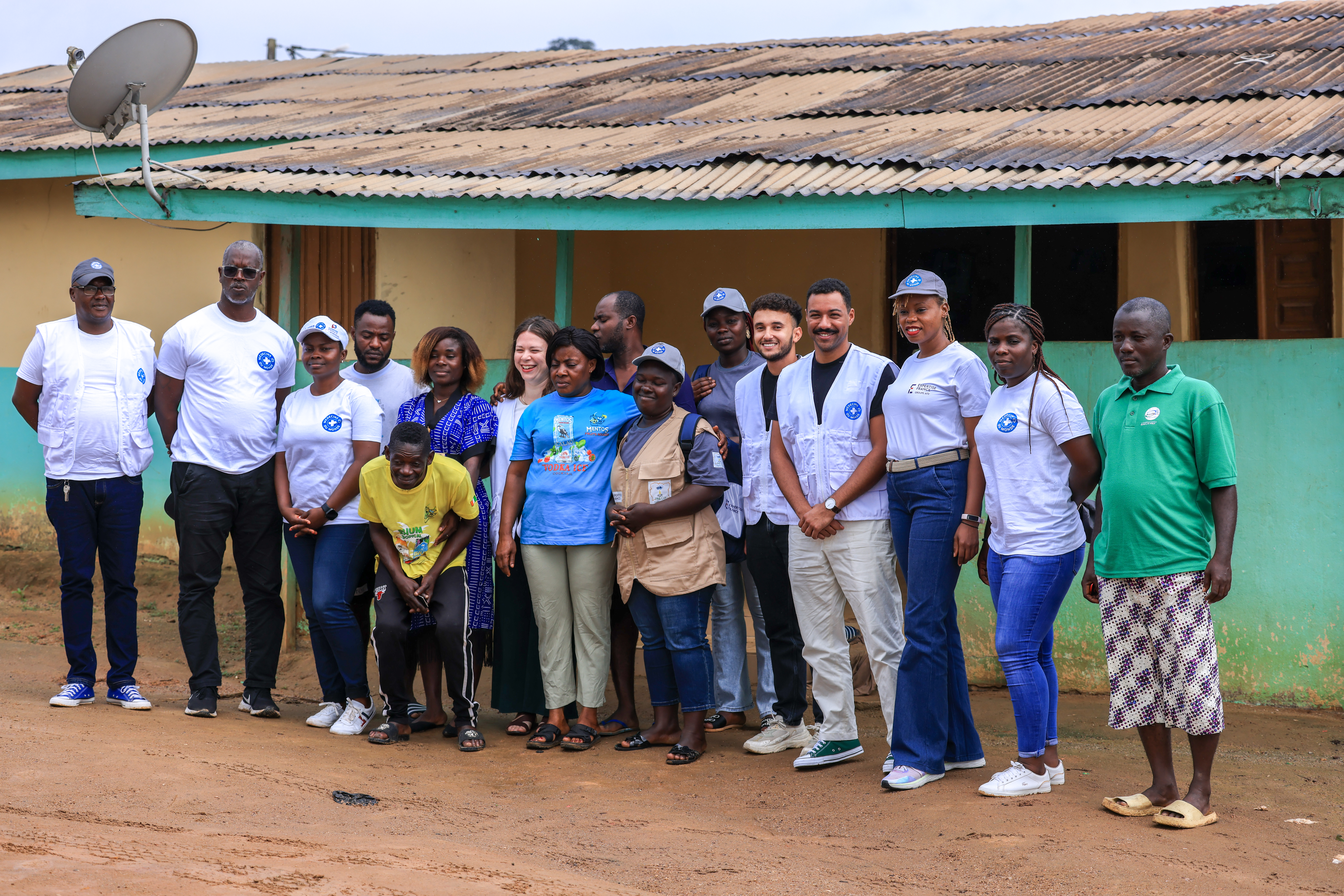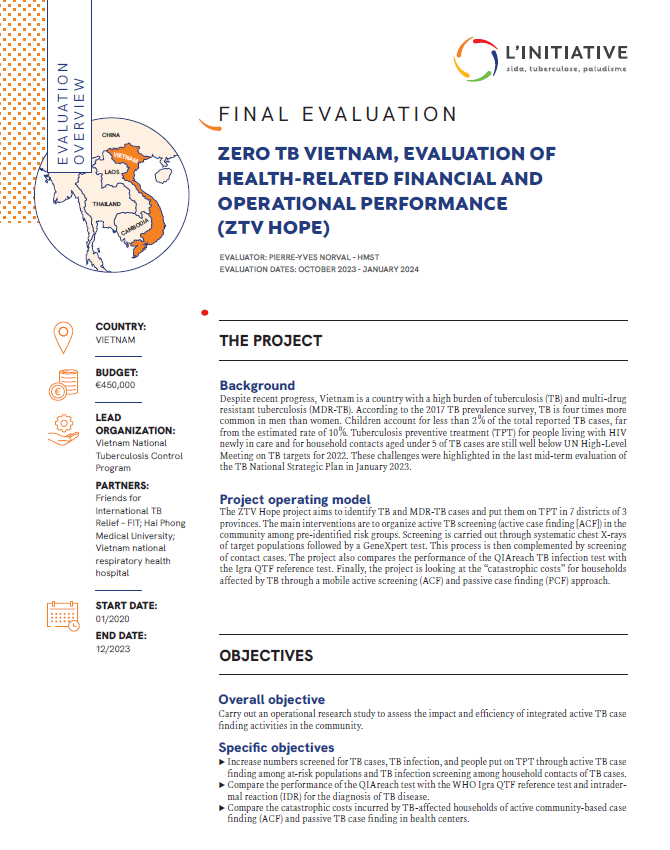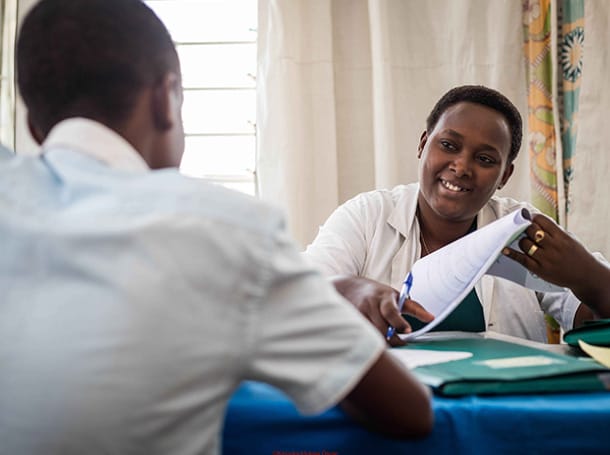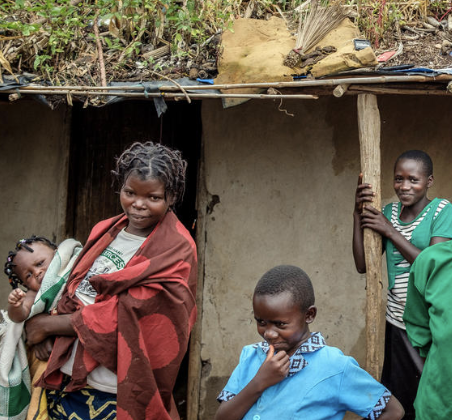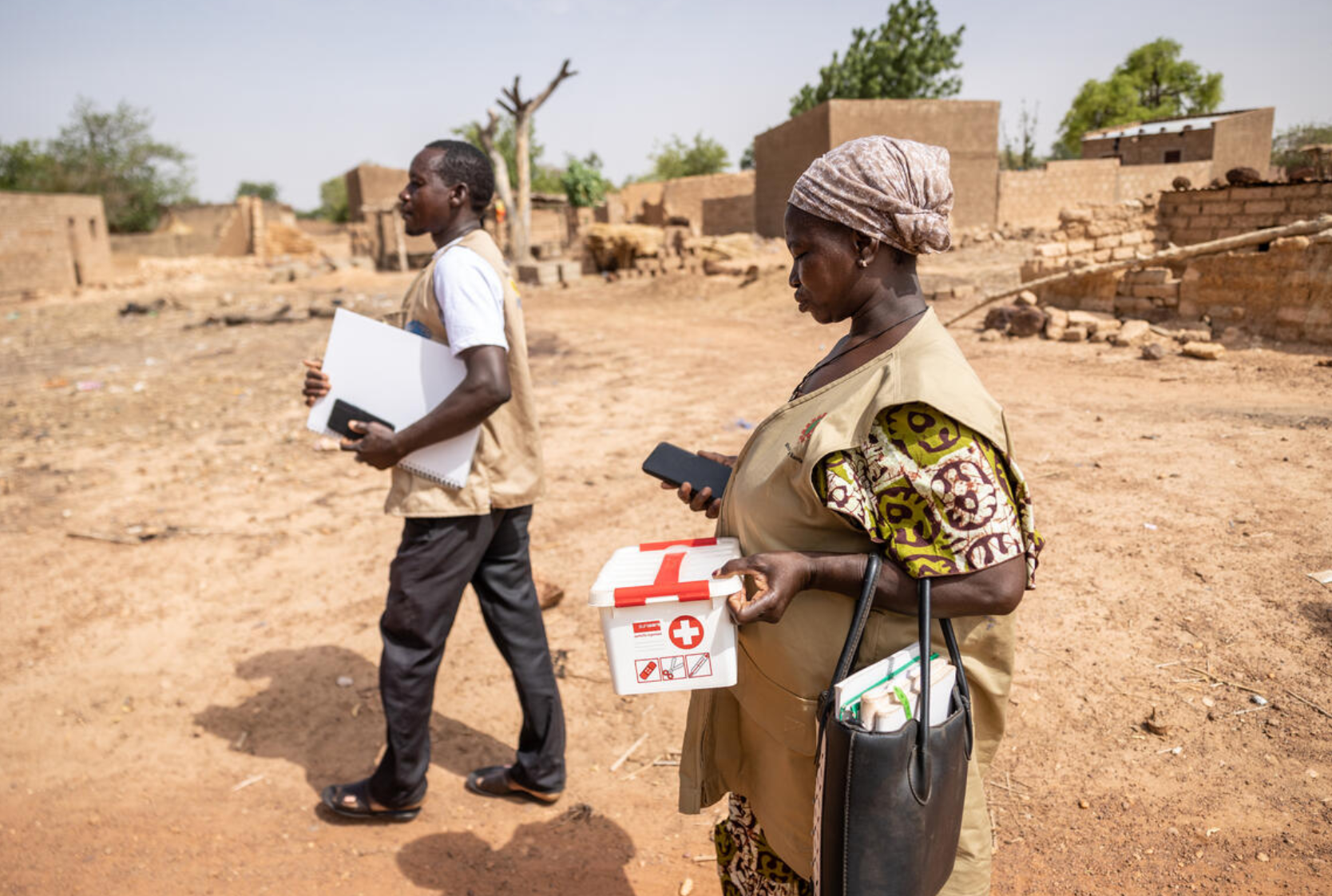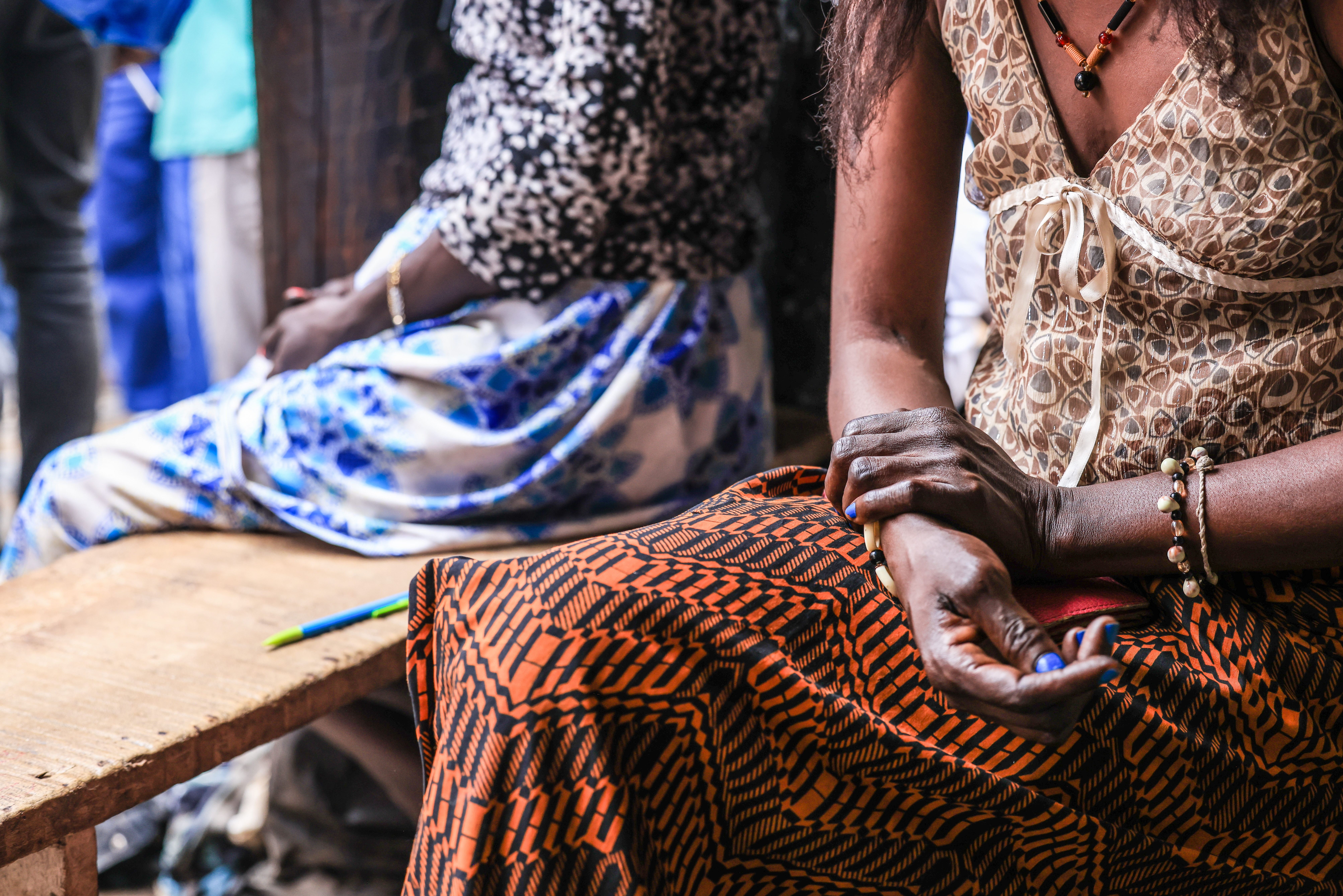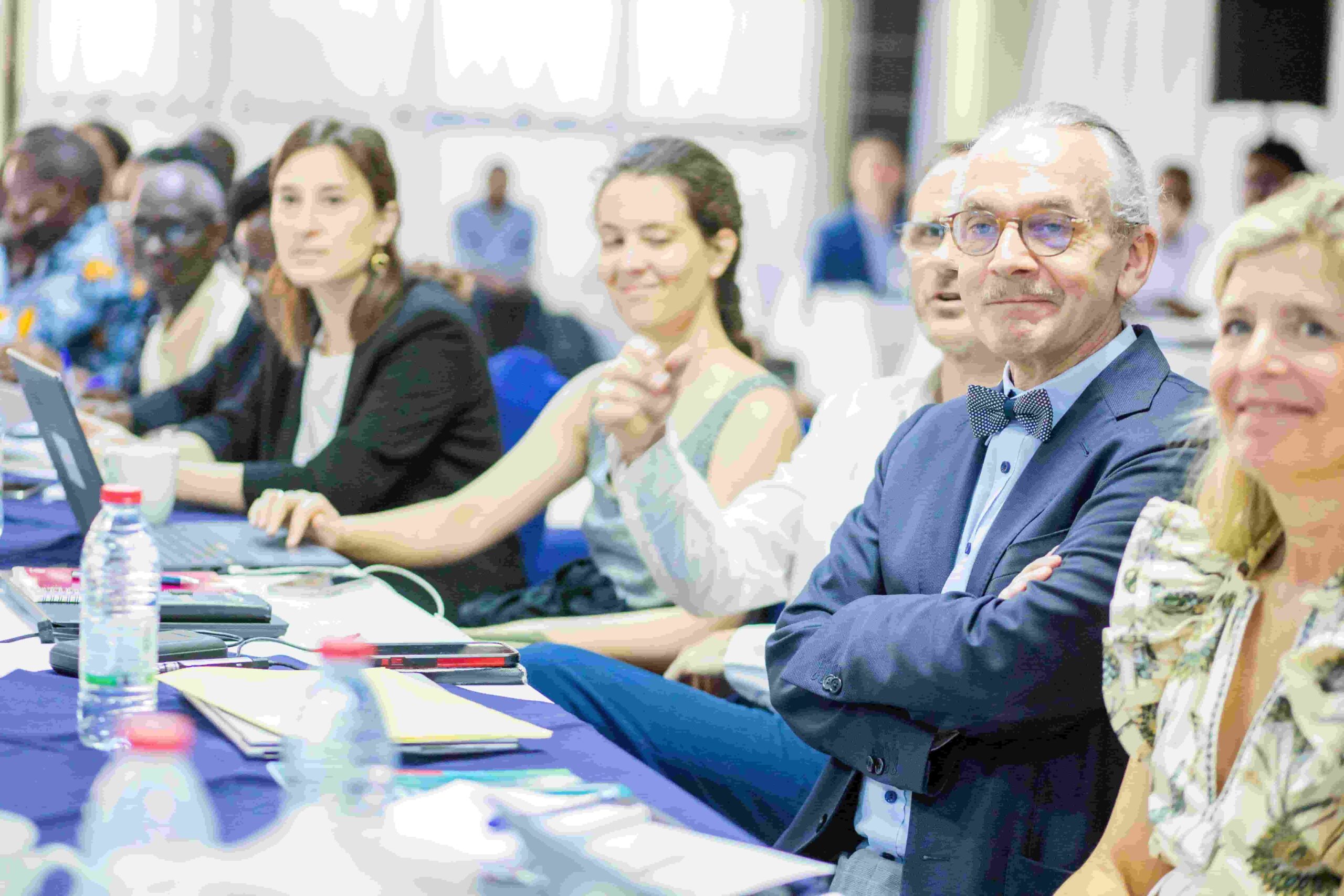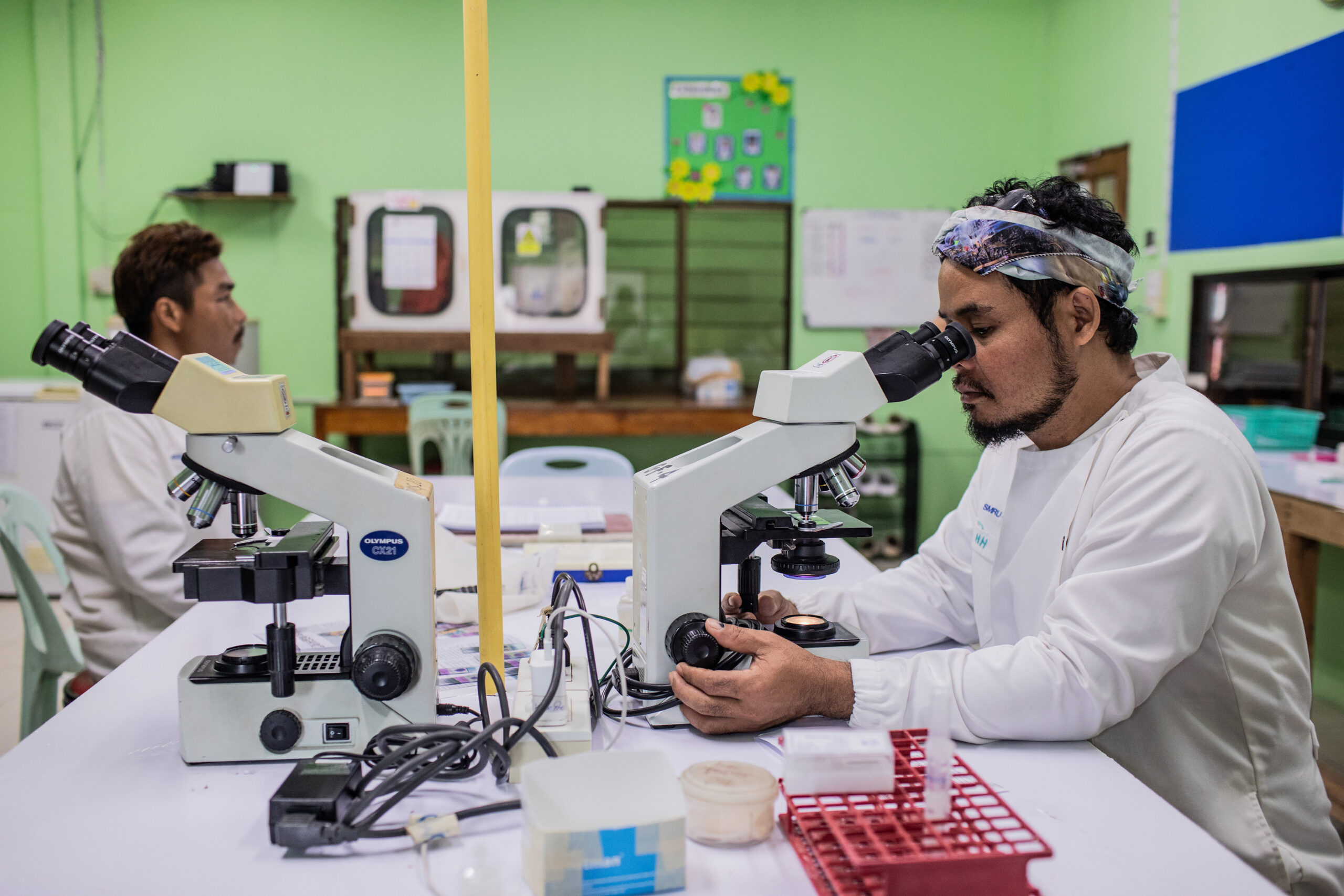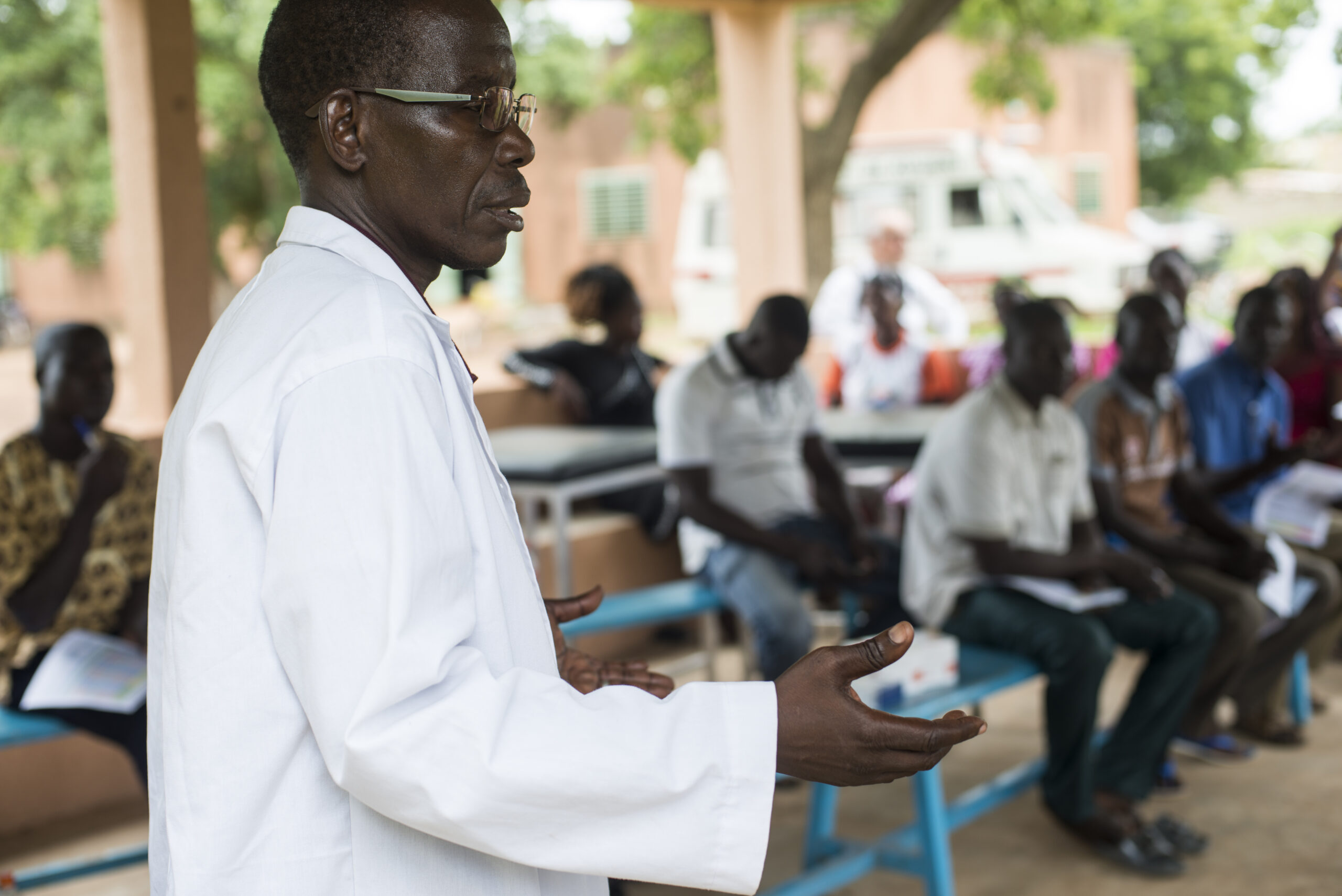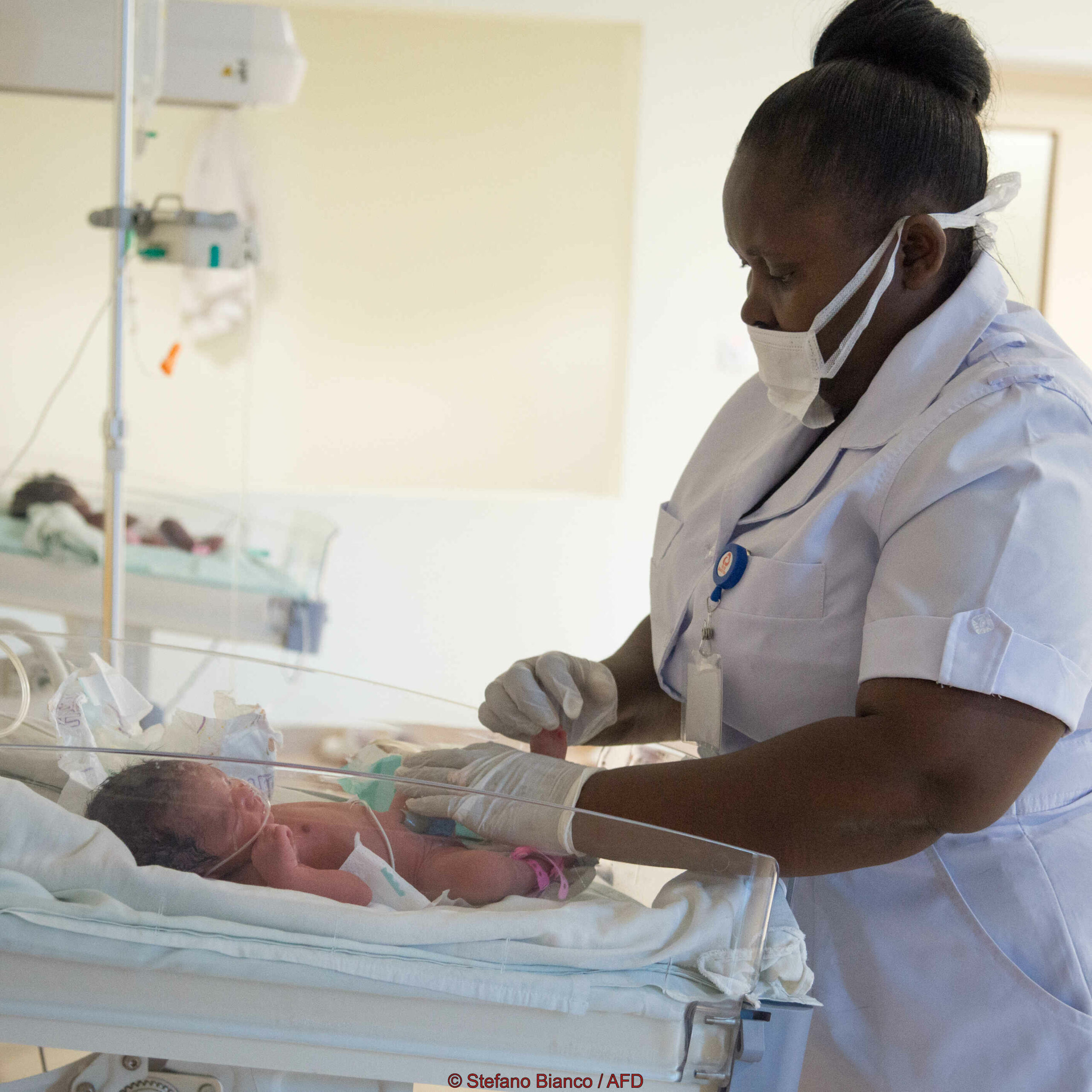“The national program and community actors are truly complementary in combating tuberculosis in Niger.” In Niger, community efforts are helping to sustain the national tuberculosis response. Interview with Dr. Alphazazi Soumana, coordinator of the national tuberculosis program, and Mohamed Haidara, director of the NGO SongES, which runs two projects financed by L’Initiative.
What are the challenges for tuberculosis services in complex environments such as those in Niger?
Alphazazi Soumana: Many factors contribute to the spread of tuberculosis in Niger, in particular malnutrition and extreme poverty. These two aspects force part of the population to live in crowded conditions, causing the disease to spread quickly. Terrorism in the region—Boko Haram in Nigeria, international Jihadism in the Sahel—and insecurity related to banditry and smuggling are also generating an influx of refugees and internally displaced persons living in alarmingly insecure conditions. This also affects our ability to reach certain population groups, especially in the border area with Burkina Faso and Mali, known as the “three borders,” where there is a constant risk of attacks and kidnappings.
Mohamed Haidara: Niger is a transit country that receives many migrants heading for Europe. They are officially registered in refugee camps, as well as in the country illegally. Given their living conditions, they are particularly vulnerable to tuberculosis. The country’s sheer size hampers the implementation of disease-control programs due to the considerable distances actors have to travel. Certain areas are hard to access, and our resources are limited.
How can the Global Fund grants help you address these specific challenges?
M. H. The Global Fund grant provides a real opportunity to implement interventions. Nevertheless, its effectiveness could be improved through greater flexibility in its often overly restrictive procedures and more adaptability during implementation. In a country like Niger, the security situation can change very suddenly in some regions, with no possibility for us to adjust the program accordingly.
A. S. Priority should be given to ensuring tuberculosis programs are tailored to the conditions in the countries where they are implemented. Unfortunately, the Global Fund does not pay enough attention to this, and programs in different countries often resemble each other.
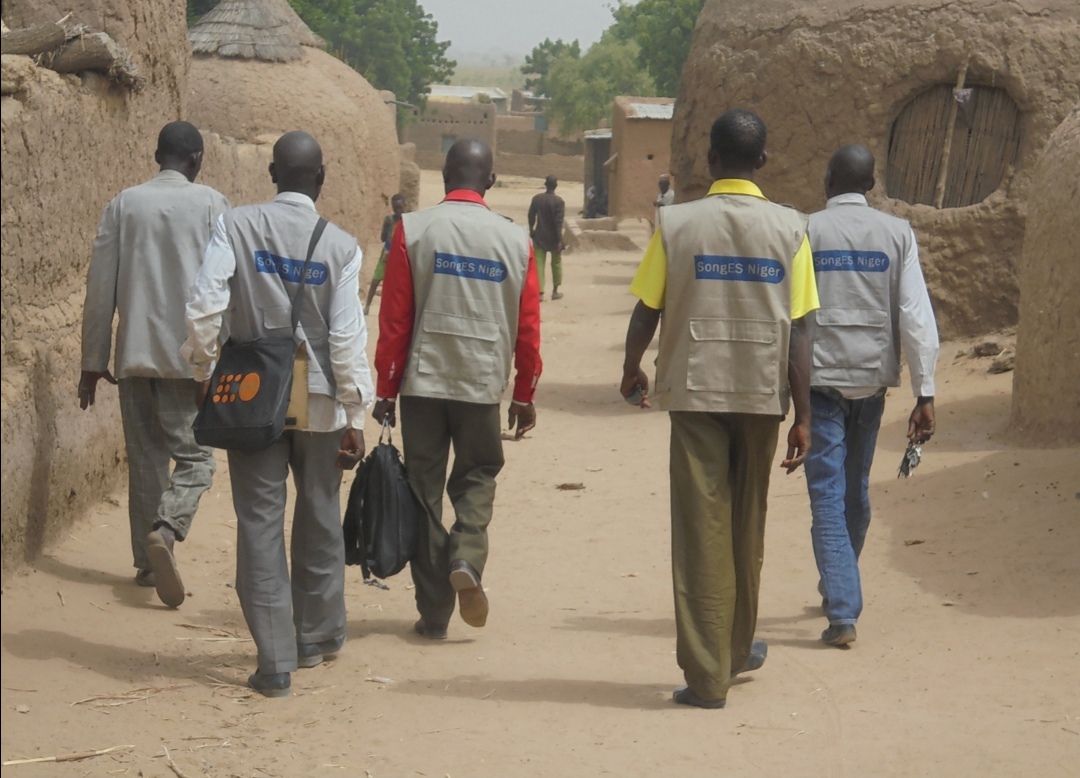
How is the national tuberculosis response organised? And how does it involve community actors in case detection and treatment?
A. S. By 2022, there were 2,000 community-based integrated health centers in Niger, 292 screening centers for susceptible tuberculosis—as opposed to tuberculosis that is resistant to one or more antibiotics or certain treatments—and four tuberculosis treatment centers spread throughout the country. Community health workers provide support to patients through NGOs carrying out community-based initiatives. They raise awareness, refer suspected cases to screening centers, trace contacts, and detect treatment-resistant cases. The state program and community actors who serve as intermediaries are truly complementary. The challenge lies in the fact that there are only a limited number of such community actors and that a large proportion of the population is located far away from screening and treatment centers.
What plans or efforts have been made to overcome these challenges?
A. S. We are currently developing a contingency plan adapted to our country’s security situation. The aim is to streamline procedures, adapt strategies, and develop innovative action, particularly through NGOs and community actors.
M.H. L’Initiative and Expertise France help civil society actors to come up with actions that are complementary to the Global Fund grant. For example, the NGO that I run, SongES, submitted the Halartar Al’Umma project together with our partners, including the national tuberculosis program, to the call for proposals of L’Initiative in 2020. Through this project, we are strengthening our community-based services in prisons, crowded areasareas and gold-panning areas and setting up mobile teams to cover areas beyond a 15-kilometer radius around health centers, which the Global Fund grant does not allow.
The second project supported by L’Initiative that we are carrying out is run in partnership with Médecins du Monde Belgium. It is aimed at migrant populations living in ghettos in the health district of Agadez. It should strengthen our capacity to detect and treat tuberculosis to secure a better future for those who leave for Europe or decide to return to their home countries.
A. S. These projects are fully consistent with the priorities defined by the national program. Our challenge is to make their achievements sustainable. Otherwise, we risk achieving mixed results and failing to meet the WHO’s ambitious 2035 target of reducing the number of deaths from the 2015 level by 95%.
